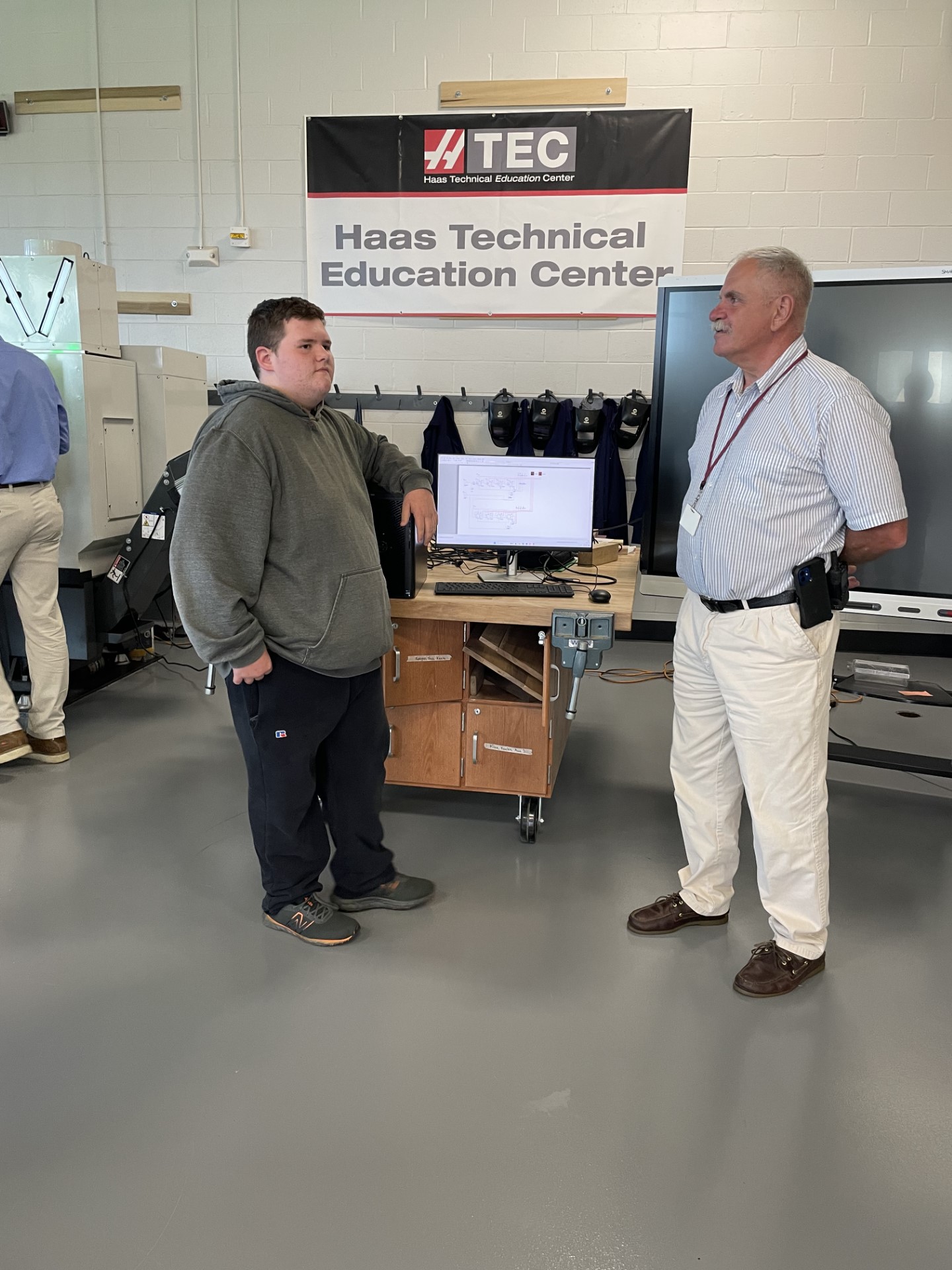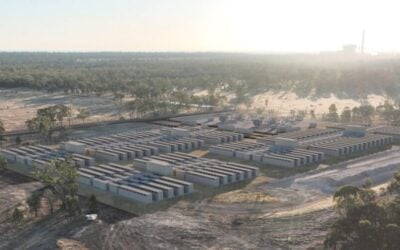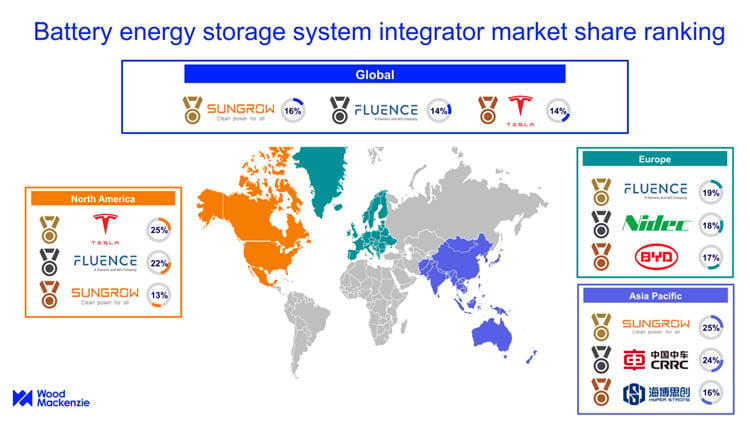Report on the Cancellation of the Lava Ridge Wind Project and its Implications for Sustainable Development Goals
1.0 Executive Summary
The United States Department of the Interior, under the Trump administration, has officially canceled the Lava Ridge Wind Project. This decision reverses a prior approval by the Biden administration. The cancellation highlights a significant policy shift and underscores the complex interplay between various Sustainable Development Goals (SDGs), particularly the tension between advancing renewable energy infrastructure and ensuring environmental protection, institutional integrity, and community well-being.
2.0 Project Background and Status
The Lava Ridge Wind Project was a significant renewable energy initiative with the potential to contribute to SDG 7 (Affordable and Clean Energy). Its key characteristics included:
- Capacity: A proposed 1,000-megawatt wind farm.
- Scale: Approximately 231 wind turbines.
- Footprint: Covering nearly 57,447 acres in southern Idaho.
- Timeline: Approved by the Bureau of Land Management in December 2024; canceled by the subsequent administration following a review initiated by an executive order.
3.0 Stated Rationale for Cancellation: A Conflict in SDG Priorities
The Interior Department’s review cited several deficiencies in the project’s approval process. These concerns reflect a clash between the objectives of different SDGs.
- Institutional Governance and Justice (SDG 16): The primary justification for the cancellation was the identification of “crucial legal deficiencies.” The new administration asserted that the previous approval process ignored statutorily binding criteria and failed to meet legal obligations, thereby challenging the principles of effective and accountable institutions (Target 16.6). Concerns were also raised about inadequate stakeholder engagement, impacting participatory decision-making (Target 16.7).
- Sustainable Communities and Land Use (SDG 11 & SDG 15): The project faced strong opposition based on its potential negative impacts on local communities and ecosystems. This points to a conflict with goals for sustainable land management and community protection.
- SDG 11 (Sustainable Cities and Communities): Officials argued the project would harm rural Idaho communities and livelihoods, with generated power primarily benefiting other states. The decision to cancel was framed as protecting local interests and cultural heritage, specifically concerns regarding the Minidoka National Historic Site (Target 11.4).
- SDG 15 (Life on Land): The cancellation was presented as an action to “safeguard our land.” Criticisms of the project included its failure to adequately address impacts on grazing, wildfire response, and the congressional mandate for multiple-use land management, all of which are central to the sustainable use of terrestrial ecosystems (Target 15.1, 15.3).
- Partnerships and Implementation (SDG 17): The controversy illustrates a breakdown in multi-stakeholder partnerships. Opposition from the Idaho Governor, Attorney General, and a local Congressman indicates a significant disconnect between federal project approval and state and local priorities, undermining the collaborative approach essential for achieving sustainable development (Target 17.17).
4.0 Conclusion: A Re-evaluation of Energy Policy in the Context of Sustainable Development
The termination of the Lava Ridge Wind Project represents a policy decision that prioritizes local environmental, community, and procedural considerations over the rapid development of a large-scale renewable energy project. While the project was initially aligned with SDG 7 (Affordable and Clean Energy), its cancellation was justified by perceived failures to adhere to the principles of SDG 11 (Sustainable Cities and Communities), SDG 15 (Life on Land), and SDG 16 (Peace, Justice and Strong Institutions). This case serves as a critical example of the need to holistically balance competing SDG priorities in national energy and environmental policy. The Department of the Interior has signaled a continued review of wind energy permitting with a focus on community and natural resource impacts.
Analysis of Sustainable Development Goals (SDGs) in the Article
1. Which SDGs are addressed or connected to the issues highlighted in the article?
The article discusses a conflict between renewable energy development and its environmental and community impacts, touching upon several SDGs:
-
SDG 7: Affordable and Clean Energy
The entire article revolves around the Lava Ridge Wind Project, a “1,000-megawatt wind farm” designed to generate renewable energy. The approval and subsequent cancellation of this project directly relate to the goal of increasing the share of clean energy. -
SDG 15: Life on Land
The decision to cancel the project is justified by the need to protect the environment. The article mentions “protecting tens of thousands of acres from harmful wind policy,” safeguarding “our nation’s natural resources,” and concerns about “grazing, wildfire response.” The linked article title also refers to “gargantuan ‘bird cemeteries’,” highlighting concerns for biodiversity. -
SDG 11: Sustainable Cities and Communities
The article points to the project’s impact on local heritage and communities. It specifically mentions concerns about the “Minidoka National Historic Site,” which falls under the goal of protecting cultural and natural heritage. It also notes the aim of “shielding the interests of rural Idaho communities.” -
SDG 16: Peace, Justice and Strong Institutions
The article highlights issues of governance, legal process, and institutional accountability. The Trump administration’s review found “crucial legal deficiencies” in the previous approval process and accused the Biden administration of having “skirted certain legal obligations.” The failure to “genuinely engage with stakeholders” also points to a lack of inclusive and participatory decision-making by institutions.
2. What specific targets under those SDGs can be identified based on the article’s content?
Based on the issues discussed, the following specific targets are relevant:
-
Target 7.2: Increase substantially the share of renewable energy in the global energy mix.
The Lava Ridge Wind Project, a large-scale renewable energy initiative, was a direct attempt to contribute to this target. Its cancellation represents a setback for increasing the renewable energy share from this specific project. -
Target 15.1: Ensure the conservation, restoration and sustainable use of terrestrial and inland freshwater ecosystems and their services.
The cancellation was framed as an action to protect “tens of thousands of acres” and ensure the land could continue its “multiple-use mandates,” including grazing, which aligns with the sustainable use of terrestrial ecosystems. -
Target 11.4: Strengthen efforts to protect and safeguard the world’s cultural and natural heritage.
The article explicitly mentions that the approval process failed to address concerns about the “Minidoka National Historic Site,” a key cultural heritage site that this target aims to protect. -
Target 16.7: Ensure responsive, inclusive, participatory and representative decision-making at all levels.
The accusation that the Biden administration failed to “genuinely engage with stakeholders to address concerns” directly relates to this target. The conflict between administrations and the reversal of the decision underscore the challenges in achieving representative decision-making.
3. Are there any indicators mentioned or implied in the article that can be used to measure progress towards the identified targets?
The article provides several quantitative and qualitative indicators that can be used to measure progress or impact:
-
For Target 7.2:
- Renewable energy capacity: The project was planned as a “1,000-megawatt wind farm.” This figure is a direct indicator of planned renewable energy capacity.
- Renewable energy infrastructure: The project included “up to 231 wind turbines,” a specific measure of the infrastructure involved.
-
For Target 15.1:
- Area of land under development: The project was to cover “nearly 57,447 acres in southern Idaho.” This metric indicates the scale of land use and the area being protected by the project’s cancellation.
-
For Target 11.4:
- Protection of specific heritage sites: The mention of the “Minidoka National Historic Site” serves as a qualitative indicator. Progress would be measured by the degree to which the site’s integrity is protected from the impacts of nearby development.
-
For Target 16.7:
- Stakeholder engagement: The article implies a negative indicator by stating the previous administration failed to “genuinely engage with stakeholders.” A positive indicator would be the presence of documented, inclusive, and responsive consultations with affected communities.
4. Summary of SDGs, Targets, and Indicators
| SDGs | Targets | Indicators |
|---|---|---|
| SDG 7: Affordable and Clean Energy | 7.2: Increase substantially the share of renewable energy in the global energy mix. |
|
| SDG 15: Life on Land | 15.1: Ensure the conservation, restoration and sustainable use of terrestrial and inland freshwater ecosystems. |
|
| SDG 11: Sustainable Cities and Communities | 11.4: Strengthen efforts to protect and safeguard the world’s cultural and natural heritage. |
|
| SDG 16: Peace, Justice and Strong Institutions | 16.7: Ensure responsive, inclusive, participatory and representative decision-making at all levels. |
|
Source: foxnews.com







